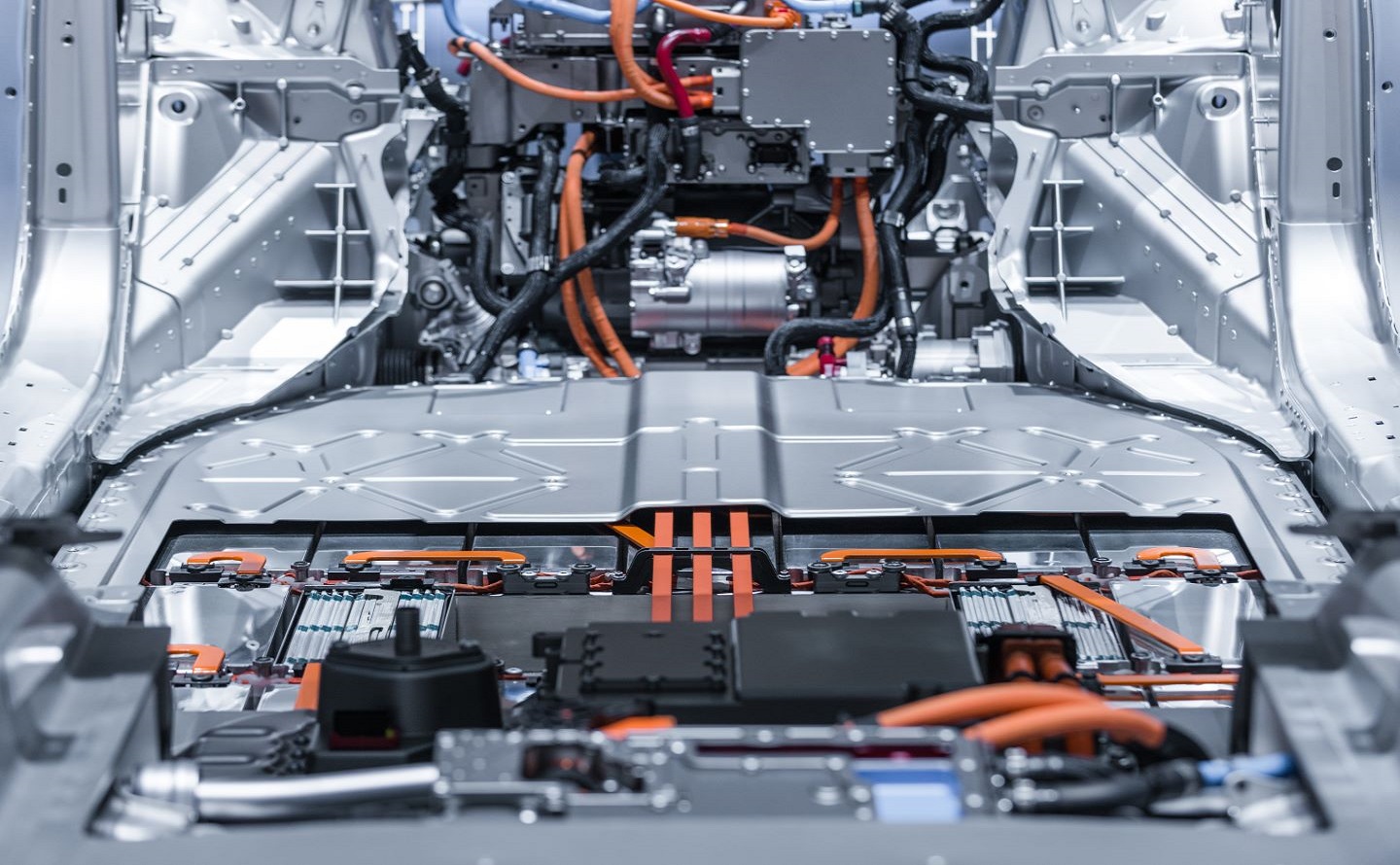
StarPlus Energy, a joint venture (JV) between Stellantis and Samsung SDI, has unveiled its plans to build its second battery manufacturing facility in Kokomo, Indiana, US.
The new plant is anticipated to commence production in early 2027, boasting an annual capacity of 34GWh.
StarPlus will invest more than $3.2bn to build the new plant, which will help create 1,400 new jobs in Kokomo and the surrounding areas.
Samsung SDI president and CEO Yoon-ho Choi said: “We expect Stellantis brand vehicles powered by Samsung SDI batteries featuring supreme technologies to contribute to accelerating the US transition to an era of electric vehicles.”
In May last year, the JV first announced its plans to build its first electric vehicle battery manufacturing facility in Kokomo with an investment of more than $2.5bn.
Construction is already underway on this gigafactory, which is expected to commence operations in the first quarter of 2025 and boast an annual production capacity of 33GWh.

US Tariffs are shifting - will you react or anticipate?
Don’t let policy changes catch you off guard. Stay proactive with real-time data and expert analysis.
By GlobalDataThe combined investment in both facilities will exceed $6.3bn and could result in the creation of 2,800 new jobs in total.
Stellantis North America COO Mark Stewart said: “Our battery ecosystem is the foundation of our electrification strategy and our great partners Samsung SDI, the State of Indiana, and the City of Kokomo have created a compelling case for locating our sixth gigafactory in Kokomo.”
In line with its Dare Forward 2030 strategic plan, Stellantis aims to achieve a 100% market share for passenger car battery electric vehicles (BEV) in Europe and a 50% market share for passenger car and light-duty truck BEVs in the US by 2030.
To attain these sales targets, the company is obtaining roughly 400GWh of battery capacity.



